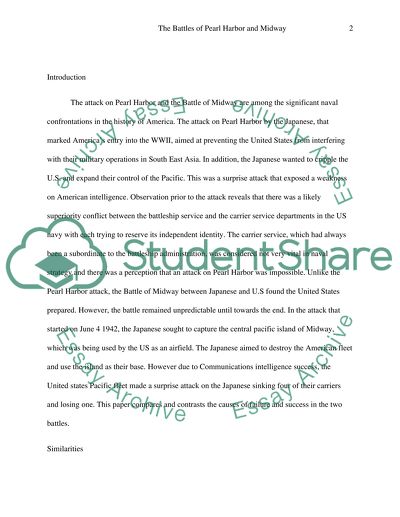Cite this document
(The Battles of Pearl Harbor and Midway: American Intelligence Failure Assignment, n.d.)
The Battles of Pearl Harbor and Midway: American Intelligence Failure Assignment. Retrieved from https://studentshare.org/history/1640010-compare-and-contrast-pearl-harbor-intelligence-failure-with-battle-of-midway-intelligence-success
The Battles of Pearl Harbor and Midway: American Intelligence Failure Assignment. Retrieved from https://studentshare.org/history/1640010-compare-and-contrast-pearl-harbor-intelligence-failure-with-battle-of-midway-intelligence-success
(The Battles of Pearl Harbor and Midway: American Intelligence Failure Assignment)
The Battles of Pearl Harbor and Midway: American Intelligence Failure Assignment. https://studentshare.org/history/1640010-compare-and-contrast-pearl-harbor-intelligence-failure-with-battle-of-midway-intelligence-success.
The Battles of Pearl Harbor and Midway: American Intelligence Failure Assignment. https://studentshare.org/history/1640010-compare-and-contrast-pearl-harbor-intelligence-failure-with-battle-of-midway-intelligence-success.
“The Battles of Pearl Harbor and Midway: American Intelligence Failure Assignment”, n.d. https://studentshare.org/history/1640010-compare-and-contrast-pearl-harbor-intelligence-failure-with-battle-of-midway-intelligence-success.


